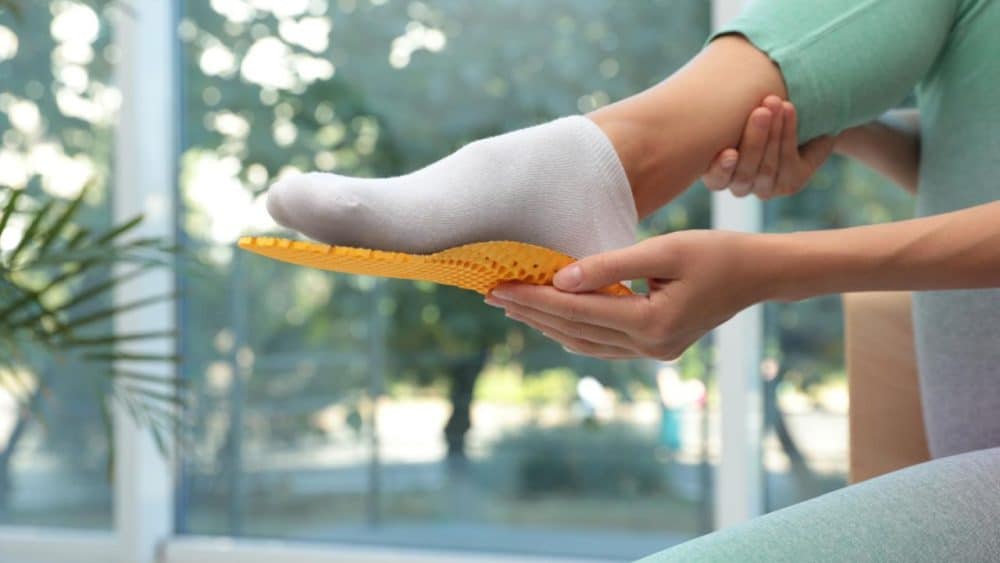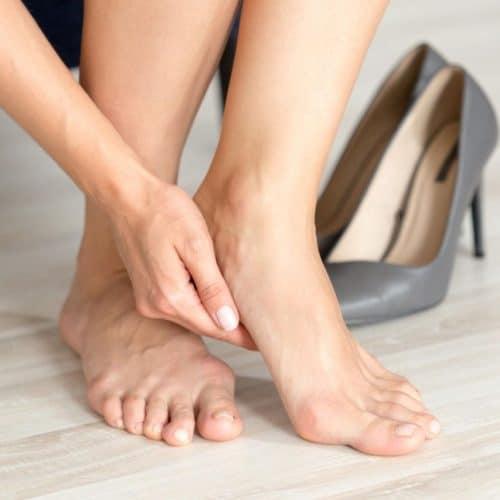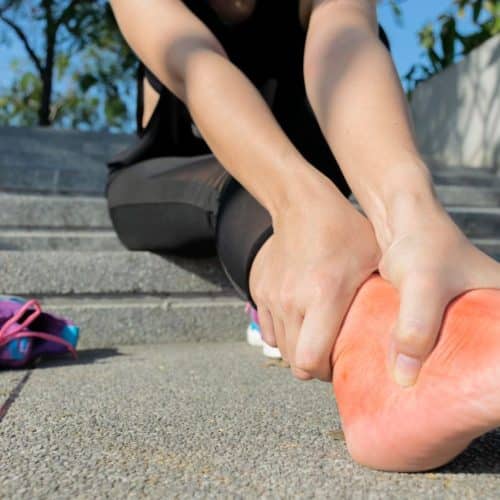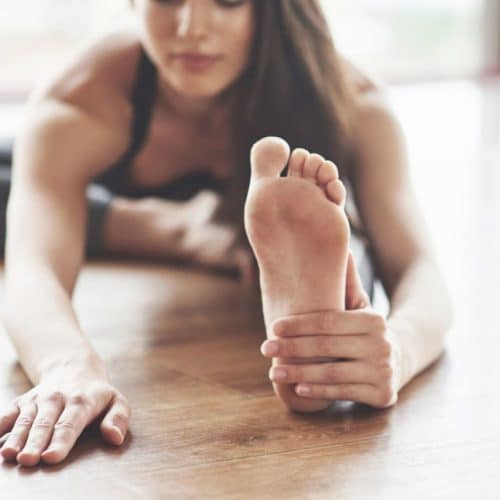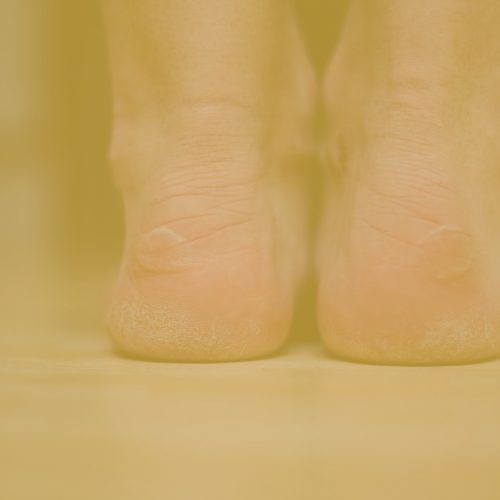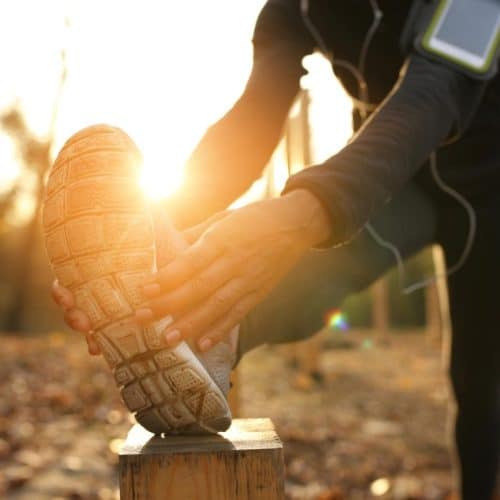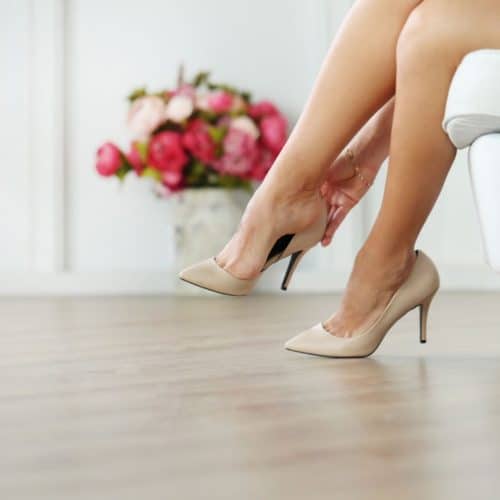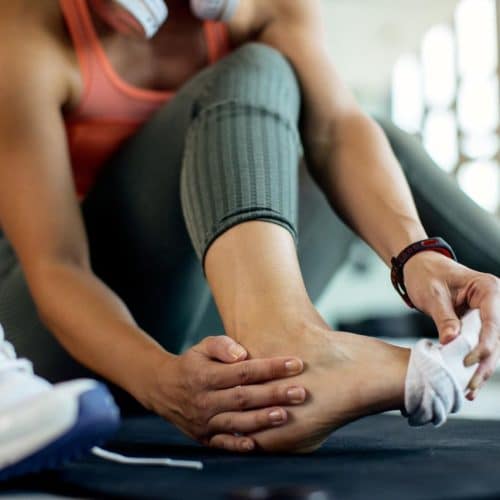The development of calluses is a problem that affects a large number of individuals, particularly those who spend a lot of time on their feet. These swollen, crusty areas of skin can be unattractive and occasionally painful, depending on their location. But what exactly are calluses, and how can we both avoid getting them and heal them if we do get them? Let’s just jump right in.
What are Calluses?
Calluses are patches of skin that have become significantly more dense and brittle over the course of time as a result of prolonged exposure to friction or pressure. This normal reaction of the skin acts as a defence mechanism because it prevents further damage. When our skin is subjected to extreme pressure or rubbing, it begins to manufacture extra cells to cushion that specific region, which ultimately leads to the creation of a callus. Calluses can be painful.
A callus has a rough surface, and its colour can range from white to grey-yellow depending on the severity of the injury. In spite of the fact that calluses seldom cause pain, the skin that lies beneath them can occasionally be rather sensitive to pressure.
It is important to note that corns and calluses are closely connected to one another. Corns are more common than calluses and are characterised by a firm core that is surrounded by irritated skin. Calluses, on the other hand, are much larger. Corns often grow on areas of the foot that are not subject to weight bearing, such as the tops and sides of the toes, whereas calluses tend to develop on weight-bearing areas of the foot.
There are other parts of the body that can also develop calluses in addition to the feet. They are more likely to appear on the hands and fingers but can appear on any area of the body that is subjected to recurrent friction. Calluses can form on the fingers of manual labourers and musicians who play stringed instruments. For instance, musicians who play stringed instruments might develop calluses on their fingers.
Calluses are a natural response that the skin goes through in order to defend itself. Still, they can also be an indication of underlying disorders such as bone misalignments or difficulties with footwear. It is crucial to keep an eye on them and get professional guidance if they start causing problems or if their look is something that worries you.
Common Locations for Calluses
1. Plantar Aspect of the Foot
- Description: This is the bottom or underneath part of the foot, commonly referred to as the sole. Given its direct contact with the ground and the weight it supports, it’s highly susceptible to callus formation.
- Why Calluses Form Here: Every step we take exerts pressure on the sole. Whether we’re walking, running, or simply standing, the plantar aspect of our foot is continuously working. When combined with tight shoes or high heels, the pressure can lead to the development of calluses.
2. Sides of the Feet
- Description: The lateral and medial sides of our feet, especially near joints or bony prominences, can be areas of concern.
- Why Calluses Form Here: Shoes that don’t fit properly can cause the foot to rub against its inner sides. This constant friction, especially near bony areas, can lead to callus formation. Additionally, certain foot shapes or deformities can cause more pressure on the sides, exacerbating the problem.
3. Around the Big Toe Joint
- Description: The joint of the big toe, or the metatarsophalangeal joint, is a primary pivot point for our foot.
- Why Calluses Form Here: This joint experiences a lot of movement, especially during activities like walking or running. If shoes are too tight around the toe area or if there’s an abnormality in the foot’s structure, the big toe joint can experience excessive pressure, leading to calluses.
4. Heels
- Description: The back part of our foot, the heel, is a robust structure that supports much of our body weight.
- Why Calluses Form Here: Ill-fitting shoes, especially those that don’t provide adequate cushioning or support, can cause the skin on the heels to harden. Walking barefoot on hard surfaces or wearing shoes with open backs can also contribute to heel calluses.
5. Balls of the Feet
- Description: Located just behind the toes, the balls of the feet play a crucial role in balance and movement.
- Why Calluses Form Here: The balls of the feet bear a significant amount of weight, especially when wearing high heels or during activities that involve jumping or running. Over time, this pressure can cause the skin in this area to thicken, leading to callus formation.
By understanding the common locations for calluses and the reasons they form, we can take proactive measures to prevent their development and ensure our feet remain healthy and comfortable.
Key Points about Calluses
- Nature’s Defense Mechanism: Calluses are the body’s natural way of protecting the skin against excessive pressure and friction. The body aims to prevent blisters and other skin injuries by thickening the skin in areas of repeated stress.
- Not Just a Foot Issue: While the feet are common sites for calluses due to pressure, they can form on any part of the body that experiences repeated friction. For instance, manual labourers might develop calluses on their hands, and musicians can get them on their fingers.
- Causes: Several factors can contribute to callus formation:
- Ill-fitting Shoes: Too tight, loose, or lack proper support can cause excessive friction or pressure on certain parts of the foot.
- Abnormal Gait: Walking in a way that places undue stress on certain parts of the foot can lead to callus formation.
- Foot Deformities: Bunions, hammertoes, and other foot abnormalities can cause certain areas of the foot to bear more weight, leading to calluses.
- High-Impact Activities: Activities that put a lot of pressure on the feet, such as running or jumping, can accelerate callus formation.
- Prevention: Preventing calluses often revolves around reducing the factors that cause them:
- Proper Footwear: Wearing shoes that fit well and provide adequate cushioning and support is crucial. Specialised insoles or orthotics can also help distribute weight evenly.
- Moisturising: Keeping the skin hydrated can prevent it from drying out and thickening. Regularly applying a good moisturiser can help keep calluses at bay.
- Protective Pads: Using protective pads or cushions can reduce pressure on areas prone to calluses.
- Treatment: There are various ways to address existing calluses:
- Over-the-Counter Solutions: Many products, such as callus removers, pumice stones, and exfoliating creams, can help reduce the thickness of calluses.
- Professional Care: For calluses that are particularly thick, painful, or persistent, seeing a podiatrist or dermatologist can be beneficial. They can offer treatments like specialised padding, orthotics, or even minor procedures to address the root cause of the callus.
When to Seek Medical Attention
While most calluses are benign and merely a protective response of the skin to repeated pressure or friction, there are instances when they require a closer look by a medical professional. Here’s when you should consider seeking medical attention:
- Persistent Pain: If a callus becomes painful or the skin underneath feels tender, it might be more than just a simple callus. Pain can indicate an underlying issue, such as an infected wound or an ulcer, especially in individuals with decreased sensation in their feet, like those with diabetes.
- Signs of Infection: Redness, warmth, swelling, or pus around the callus are indicators of an infection. An infected callus can become a more severe issue if not treated promptly, as the infection can spread to other areas.
- Change in Color or Appearance: If a callus darkens in colour, bleeds, or changes its appearance suddenly, it’s essential to get it checked. These changes can sometimes indicate a more serious skin condition or a problem with blood flow.
- No Improvement with Over-the-Counter Treatments: If you’ve been using over-the-counter treatments, such as moisturisers, pads, or callus removers, and see no improvement or if the callus continues to grow, it’s time to consult a professional.
- Underlying Health Conditions: Individuals with certain health conditions, such as diabetes, peripheral neuropathy, or poor circulation, should regularly check their feet and seek medical advice at the first sign of calluses. Due to decreased sensation or compromised blood flow, what might seem like a simple callus can quickly escalate into a more severe issue.
- Recurring Calluses: If you find that you’re frequently developing calluses in the same spot, even after addressing footwear and other potential causes, it might indicate an underlying structural issue with your foot. A podiatrist can provide insights into any biomechanical problems that might be contributing to the recurring calluses.
Conclusion
Calluses, while often benign, can be a source of discomfort for many. Understanding their causes and knowing how to prevent and treat them can go a long way in ensuring our feet remain healthy and pain-free. Remember, our feet carry us everywhere; it’s crucial we give them the care they deserve.


